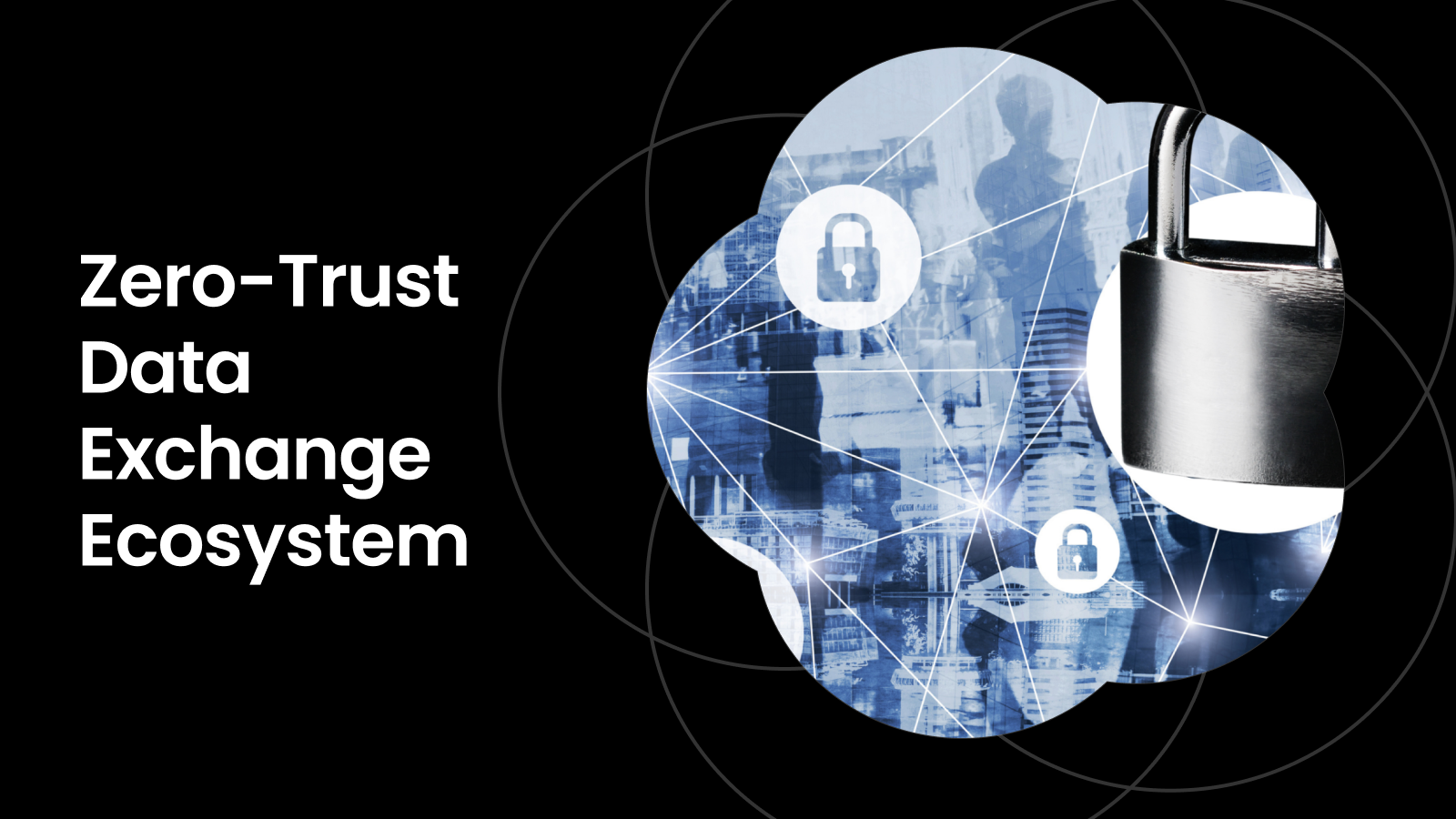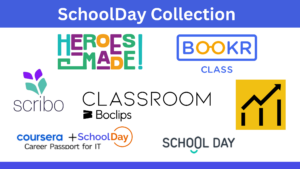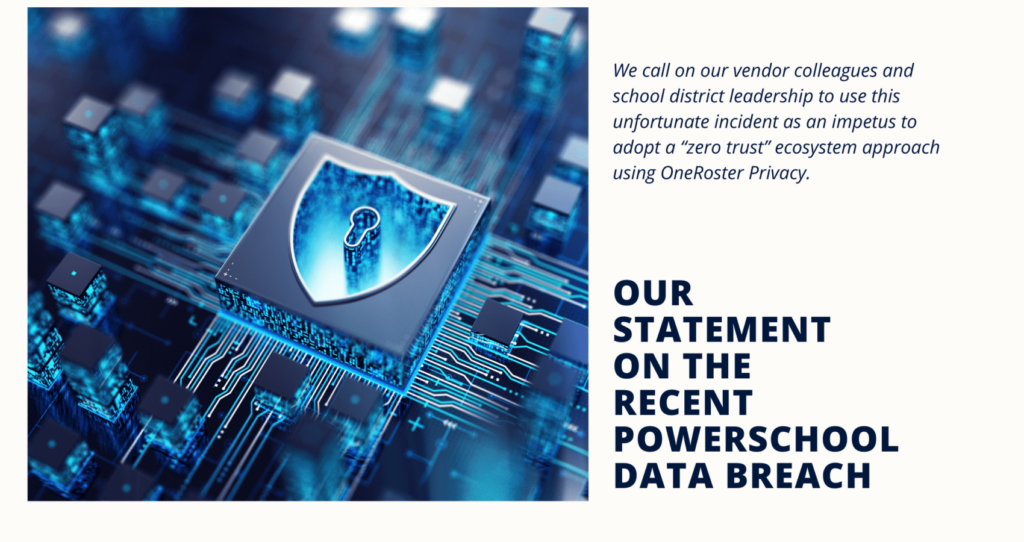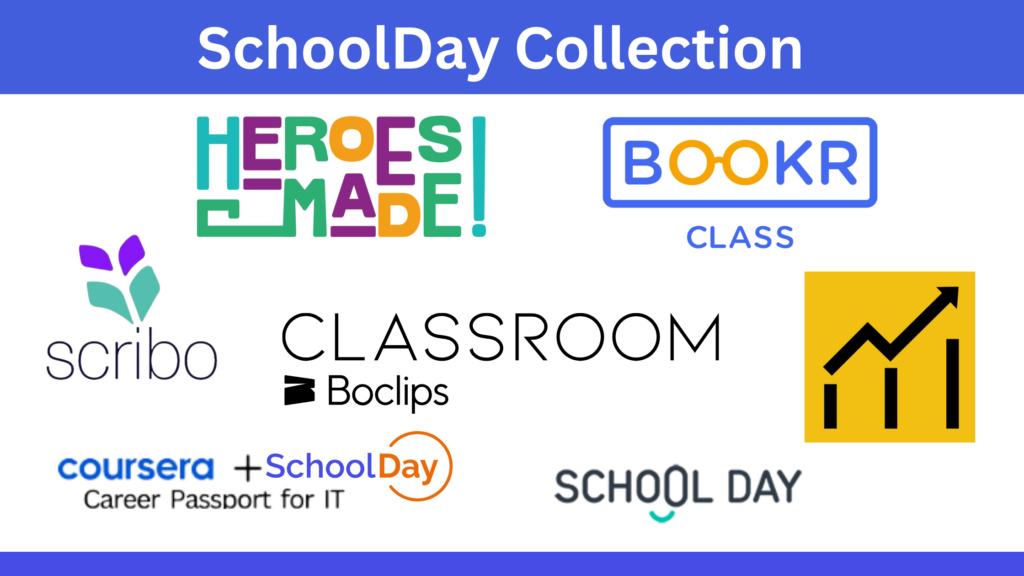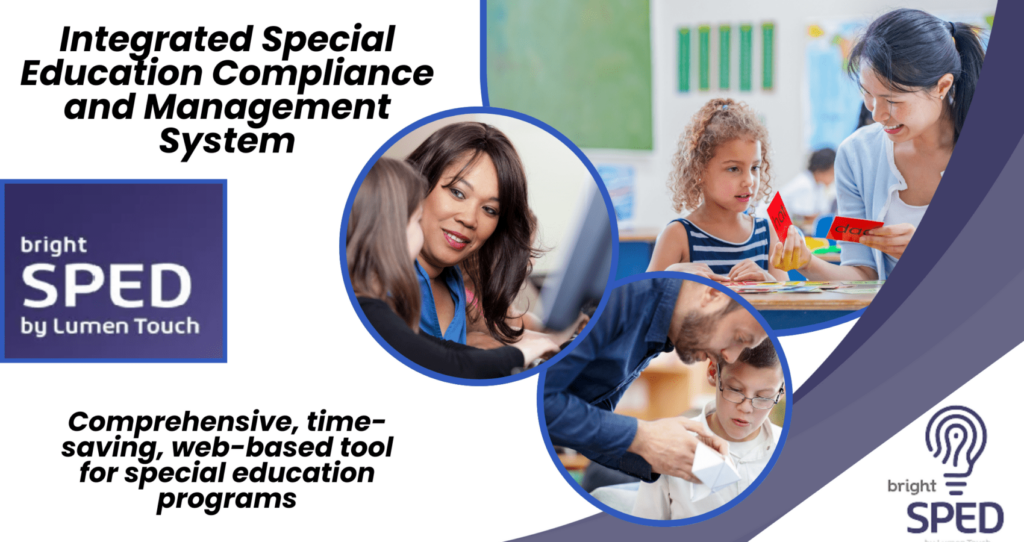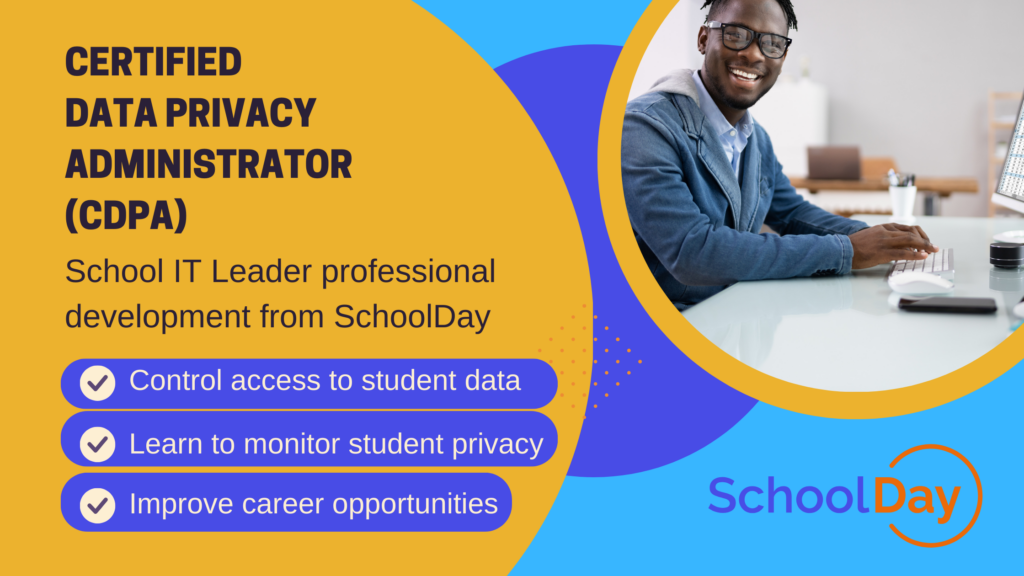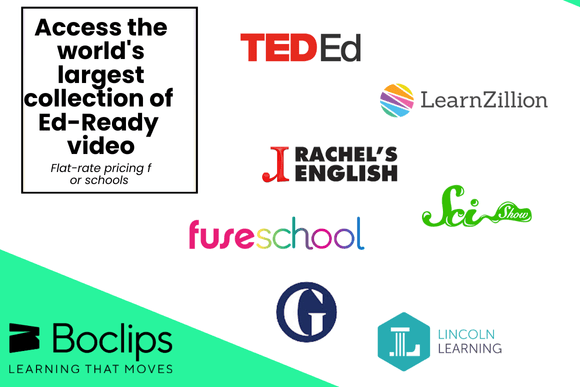“Schools need to be more diligent now more than ever. A transformation to zero-trust ecosystem data governance is a must – not just an option. Zero-trust data exchange and ecosystem orchestration is the answer to cybersecurity threats for schools deploying hundreds of third-party SaaS tools. Don’t procrastinate “ – Robert Iskander
At SchoolDay, we are committed to connecting your school districts to the edtech solutions you need, without compromising the student and staff data you are charged with protecting. This is a responsibility we take very seriously, and we believe the only way forward is through the implementation of zero-trust data exchange and ecosystem orchestration.
Debbie Goodman, host of the On Work and Revolution podcast, recently featured SchoolDay founder and CEO Robert Iskander, to discuss student data privacy and cybersecurity in K-12 schools. Listen to the full podcast here.
In their conversation, Iskander emphasizes the critical need for schools to adopt a zero-trust security model to safeguard student data. He remarked that traditional security measures are no longer sufficient to protect against modern cyber threats targeting educational institutions.
Iskander also noted that transitioning to a zero-trust exchange ecosystem is essential for preventing data sprawl and enhancing data governance within schools. He stressed that this transformation is a necessity, not just an option, for educational institutions striving to protect their digital environments.
What Is Zero Trust?
A zero-trust model assumes that all network traffic is potentially malicious and requires verification before it can be trusted. In a zero-trust data exchange ecosystem, every access request is treated as if it were coming from an untrusted source and is subject to multi-factor authentication and authorization checks. This approach provides a high level of security while also improving the user experience.
With the rising concern for student safety and the increasing prevalence of cyber threats, the need for K-12 schools to adopt a proactive approach to protect their networks and sensitive data has become imperative.
The zero-trust security model operates under the principle of “never trust, always verify.” Zero trust fundamentally challenges the traditional perimeter-based security approach, eliminating the inherent trust placed in users, devices, and networks within the school environment. With continuous monitoring and strict identity verification, regardless of location or network connection, schools can significantly reduce risk.
Understanding Zero Trust
The core tenet of the zero-trust approach to security is the elimination of the “trusted” and “untrusted” network dichotomy. Instead, it focuses on granular access control, where users and devices must prove their identity and authorization before gaining access to any resources. This approach significantly reduces the risk of unauthorized access and potential breaches, as it effectively mitigates the threat of compromised credentials or devices within the network.
Key Components of the Zero-Trust Security Model for K-12 Schools
The zero-trust security model for K-12 schools has several key components that work together to enhance the overall security posture. One of the foundational elements is strong identity and access management (IAM), which involves the implementation of robust user authentication and authorization mechanisms. This includes the use of multi-factor authentication (MFA), adaptive risk-based access controls, and the principle of least privilege, ensuring that users only have access to the resources they need to perform their duties.
Another crucial component is continuous monitoring and threat detection. The zero-trust model requires continuous monitoring of user activities, device behavior, and network traffic, to identify and respond to potential threats in real time. This is achieved through the deployment of advanced security analytics, behavioral monitoring, and anomaly detection tools, which can help schools quickly identify and mitigate any suspicious activities or data breaches.
Data protection and encryption are also integral parts of the zero-trust security model. By implementing robust data encryption, both at rest and in transit, schools can ensure that sensitive information is protected from unauthorized access, even in the event of a breach. Additionally, the model emphasizes the need for data segmentation and micro-segmentation, which involve the division of the network into smaller, isolated zones, further limiting the potential impact of a breach.
Why Zero Trust and Why Now?
Zero trust has been around for more than a decade, but the concept was mostly discussed within business circles and among managed IT providers. With students and teachers connecting to school from home and via third parties during the pandemic, the idea of zero trust data exchange in K-12 schools abruptly became a topic of conversation, as security threats grew exponentially.
What Does Zero Trust Look Like in the K-12 Setting?
Zero trust is exactly what the words imply: It is an assumption that all network traffic is potentially malicious and requires verification before it can be trusted. Inside the K-12 setting, this means that no person is allowed access to the network and no third party obtains access to information without being thoroughly vetted. But more than simply verifying credentials to reduce risk, zero trust demands that sophisticated security measures are employed to protect the network:
Multi-Factor Authentication (MFA)
Cybercriminals can break into networks with ease using only usernames and passwords. Most people, whether they know better or not, reuse passwords, save passwords to their browsers, and otherwise enable authentication vulnerabilities. But by requiring multi-factor authentication (MFA) and treating every access request as a potential threat, networks become virtually impenetrable. Microsoft has stated that up to 99.9% of network attacks could be prevented with MFA.
One of the key practices for enhancing safety in schools using zero trust is the implementation of strong identity and access management controls. This includes the use of MFA, which requires users to provide multiple forms of authentication (such as a password, biometric factor, or security token) to verify their identity before accessing school resources. This approach significantly reduces the risk of unauthorized access and helps mitigate the impact of compromised credentials.
Continuous Monitoring
By leveraging advanced security analytics and machine learning algorithms, schools can detect and respond to anomalous activities in real time, identifying potential threats and addressing them before they can cause significant harm. This proactive approach to threat detection and response is a crucial component of zero trust.
Zero Trust Data Exchange Ecosystem
K-12 schools must prioritize the protection of sensitive data through the implementation of robust encryption and data segmentation strategies. Data should be anonymized, and sensitive information, such as student records and financial data, must be properly secured and isolated from the rest of the network.
Staff Training
Successful implementation of zero trust in K-12 schools requires comprehensive training and education for both staff and students. School administrators must ensure that all stakeholders understand the principles and benefits of the zero-trust approach, as well as their roles and responsibilities in maintaining the security of their respective school’s network and data.
For school staff, the training should cover topics like identity and access management, device security, and incident response procedures. By equipping teachers, administrators, and IT personnel with the knowledge and skills to navigate zero trust, schools can ensure that security best practices are consistently followed and that any potential security incidents are promptly identified and addressed.
Similarly, students should receive age-appropriate training on cybersecurity awareness, digital citizenship, and the importance of maintaining strong security practices. This education can be integrated into the school’s curriculum, empowering students to become active participants in the protection of their school’s digital environment and their own personal information.
Benefits of Implementing a Zero-Trust Security Model in K-12 Schools
One of the primary benefits of implementing a zero-trust security model in K-12 schools is enhanced security of sensitive student and staff data. In the education sector, institutions handle a vast amount of personal information, including student records, financial data, and confidential communications. A zero-trust approach ensures that access to this sensitive information is strictly controlled and monitored, reducing the risk of data breaches and unauthorized access.
Zero trust provides school districts with the ability to mitigate the risk of internal threats. Within the school environment, there may be instances of insider threats, such as disgruntled employees or compromised user accounts, which can pose a serious risk to an institution’s security. The zero-trust model addresses these situations by continuously verifying the identity and authorization of users, regardless of location or device, and limiting access to only the resources required to perform their duties.
K-12 Security Measures in a Zero-Trust Environment
There are many different pieces of the security puzzle that come together to create a zero-trust data exchange approach. These include:
- Identify verification: Before allowing access to a school network, user identity must be authenticated.
- Require device validation: To reduce risk, only registered devices with proper security should be allowed to connect to a school’s network.
- Access limitations: Not everyone who connects to your network needs unlimited access. Privileged access should be granted only when, and if, it’s needed, and access should be removed when it is no longer necessary.
“A solid zero-trust implementation helps with ransomware in four ways: by reducing infection; blocking lateral network movement; blocking exfiltration of stolen data; and alerting to suspicious network activity.” – EdTech Magazine
Challenges and Considerations When Implementing Zero Trust in K-12 Schools
One of the key challenges when implementing zero trust in schools is the potential impact on user experience and productivity. The emphasis of zero trust can result in additional authentication steps for authorization – and that can often cause friction for users who may perceive the new process as inconvenient or disruptive. To address this, K-12 schools must communicate openly during the implementation process and make sure the staff understands the risk involved when the district opts out of shifting toward a zero-trust culture.
“Schools need to be diligent now more than ever. A transformation to zero-trust ecosystem data governance is a must – not just an option. The future is about preventing the data sprawl and tokenizing schools’ data exchange platform.” – Robert Iskander
The high-tech revolution that has occurred in edtech has required an equal evolution in the way schools manage student data. Data management is at the forefront of every district’s responsibility, and the only sure way to offer the best possible protection is through zero trust.
SchoolDay Can Help Your School with a Zero-Trust Approach
Schools are trustees of student data, and it’s not uncommon for districts to contract with 1,500 or more different edtech vendors, many requiring access to student information. Schools must develop and enforce strict data protection policies with their edtech vendors. One way to ensure the necessary student data protection is by using a zero-trust data exchange solution.
Zero trust in K-12 schools means better overall cybersecurity, better student data protection, and a higher likelihood of meeting compliance measures. SchoolDay is a secure ecosystem orchestration platform, designed to help protect personally identifiable information (PII) through data encryption, role-based access control, and audit logs, to help ensure the secure handling of sensitive information.
The implementation of zero trust in K-12 schools requires not just a technological shift but a cultural shift as well. As your school IT leaders assess the school’s existing security infrastructure, policies, and procedures, to identify the current security gaps and assess the risk landscape, they will make note of the specific security requirements and challenges faced by the school or district.
Implementing zero trust requires the identification of key stakeholders, the allocation of resources, and the establishment of clear roles and responsibilities for the implementation team. Once these key stakeholders have been identified, the implementation process involves the deployment of various technological components, such as identity and access management solutions, network segmentation tools, and advanced security monitoring and analytics platforms. Additionally, schools must review and update their security policies, procedures, and governance frameworks to align with the principles of zero trust, ensuring that the entire organization is committed to the new security approach.
How SchoolDay Helps Schools Achieve Zero Trust
SchoolDay supports schools in achieving zero trust, by providing a secure ecosystem orchestration platform for managing data access and by implementing these features:
Identity verification and access control:
- Role-based access – SchoolDay ensures that only authorized users, such as teachers, administrators, and vendors, can access specific data based on their roles.
- Authentication – SchoolDay integrates with single sign-on (SSO) systems, requiring identity verification for every access request.
Minimizing data exposure:
- No PII sharing – SchoolDay allows schools to connect to third-party applications without sharing personally identifiable information (PII). This reduces risk and ensures sensitive data remains protected.
- Granular data sharing – Schools can control which data is shared, ensuring that only necessary information is accessed.
Data governance:
- Comprehensive insights – The platform includes privacy monitoring, allowing schools to monitor where their data is stored, who has access to it, and how it’s being used.
- Audit logs – SchoolDay provides detailed records of all data access and sharing activities for transparency and accountability.
Encryption and secure connections:
- All data shared through SchoolDay is encrypted in transit and at rest, ensuring secure communication between schools and their trusted applications.
Vendor compliance:
- Vendors accessing school systems through SchoolDay must comply with strict security standards, reducing the risk of third-party vulnerabilities.
Today’s schools need to improve data exchange because there is a lot more at stake. Protecting personal identifiable information (PII) is a serious responsibility. And today’s schools are exchanging much more than just roster data. Having a zero-trust data exchange not only allows schools to adequately protect PII but to automate and securely exchange data necessary to deliver the experience required in today’s educational environment.
How Does SchoolDay’s Secure Ecosystem Orchestration Platform Work?
Our zero-trust secure ecosystem orchestration platform allows information to be shared between two parties, such as a school and an edtech vendor, securely. Both parties must agree to the data exchange and either side can request the data. It’s a simple process that functions using open standard APIs like OneRoster that allow your district to connect to edtech companies and other third parties as needed – with authentication occurring quietly behind the scenes using SSO.
Robust Data Exchange with SchoolDay Saves Schools Time (and Money)
Many school districts are forced to use single-purpose, complex custom scripts, while others use manual processes to move grades from system-to-system. Schools using the SchoolDay’s secure ecosystem orchestration platform is able to manage access while keeping student data private. The data exchange is quick, robust, and automated. It’s not just delivering roster data to vendors; it connects edtech to your LMS. SchoolDay takes grades from all major LMS systems and automates the data exchange into the major Student Information Systems. This saves teachers and districts time because grades do not have to be imported manually.
Why Does My School Need to Improve Data Exchange?
Schools need to improve the exchange of data between their networks and the third parties with whom they communicate electronically for several reasons:
- Improved data management and control
- Increased the automation and efficiency of data exchange
- Better overall cybersecurity
- Better student data protection
- Increased likelihood of meeting compliance measures
Most schools need to be able to have the ability to send more than roster data but also to control who has access to what data, so that third parties have access to what they need to function – and no more.
SchoolDay’s ecosystem orchestration platform is designed to help protect Personally Identifiable Information (PII) through data encryption, role-based access control, and audit logs to help ensure the secure handling of sensitive information.
The Future of K-12 School Safety
As the threat landscape continues to evolve and the reliance on technology in the education sector increases, the adoption of a zero trust security model has become crucial for enhancing the safety and security of schools.
Zero-trust data exchange platforms are an essential component of a comprehensive cybersecurity strategy for educational institutions. By providing a high level of security without sacrificing user experience, these platforms can help institutions reduce the risk of data breaches, protect sensitive information, and meet the unique security needs of their organizations.
Zero trust will undoubtedly play a pivotal role in shaping the way schools approach cybersecurity and student data privacy. K-12 schools can enhance their overall cybersecurity posture by addressing the evolving threat landscape with a zero-trust approach – a robust and adaptable model that protects sensitive data, ensures compliance with privacy regulations, and safeguards the wellbeing of students and staff.
SchoolDay safeguards student privacy and educational data by providing a secure ecosystem orchestration platform for schools and classrooms. Serving over 36,000 schools, 3,000+ districts and colleges, and hundreds of EdTech vendors, SchoolDay champions open standards and secure data exchange, solidifying its role as a trusted leader in educational technology.
